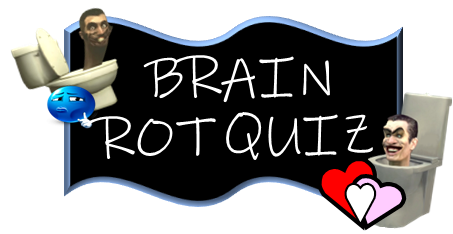The Disney Formula
How Disney perfected the live-action remake
Over the years, Disney has produced many animated household classics such as “The Jungle Book,” “Sleeping Beauty,” “Snow White” and “Beauty and the Beast.”
However, in 1996 Disney released a live action remake of “101 Dalmatians” that received a 39 percent freshness rating on Rotten Tomatoes and a 14 percent rating by the site’s top critics.
The film was described as a bland, pointless remake. Instead of the cutesy animated Dalmatian dogs people knew and loved, Disney used real dogs while digitally modifying them at times, making it so the dogs were only barking without any speaking lines.
The only piece of this movie that was regarded as good was Glenn Close’s performance as Cruella Deville, but even she couldn’t save the film from flopping.
After such a flop, one would think Disney would not produce another live action remake, but that was not so. Instead, Disney has turned into a machine cranking out remakes of beloved classics left and right.
So the machine kept turning its gears, and eventually it went on to produce the first of the modern remakes. The 2015 live action remake of “Sleeping Beauty,” called “Maleficent,” fared better in the reviews than “101 Dalmatians” but not by much.
Critics panned the film because they said Disney had taken far too many risks with changing the story and not including the classic songs from the original “Sleeping Beauty.”
Disney changed the whole perspective of the story, and these vast changes to the movie did not go over well with critics. What this movie did do was teach Disney not to tamper too much with the plots of beloved classic Disney movies and to include the beloved songs from the original film.
A year later, Disney produced the most critically acclaimed film of the current remakes. 2016’s “The Jungle Book” was seen as the perfect reflection of both the source book by Rudyard Kipling, and the beloved animated original, while still retelling the story in a new and interesting light.
One critic regards this version of “The Jungle Book” to be “A minor Darwinian miracle, perhaps the oddest of all species: a movie nearly devoid of human beings, yet one bursting with humanity.”
With no major changes to the plot, 2016’s “The Jungle Book” was able to show that Disney was learning and improving with the quality of the retellings of these classic Disney tales.
Later that year, Disney released the 2016 live action remake of “Pete’s Dragon,” which was well received with the critics but not so much with audiences.
However, unlike “Beauty and the Beast” and “101 Dalmatians,” the original 1977 “Pete’s Dragon” was not beloved by critics or audiences. For that reason, there was room for major changes to the plot.
Instead of Pete living with abusive foster parents, Disney remade it so Pete was now a forest child stowed away from the rest of the world, spending his days with only his dragon, Elliot.
Another stark contrast to the original is that the remake took place in the present day, and there were no spontaneous acts of singing and dancing, whereas the original took place in the 12th century and was very much a musical.
The Disney 2017 live action “Beauty and the Beast” was regarded as another excellent live action remake. Critics say this was because it gave viewers all the fantasy and charm from the original in a more modern looking Disney style.
Similar to “The Jungle Book,” there were no major changes to the overall story of “Beauty and the Beast” other than some small added character development for Lefou, Gaston’s right hand man. One could say, Disney cultivated a way to successfully add fresh ideas to their beloved classics.
With all that said, only time can tell if this formula Disney is using will continue to prosper in upcoming films or if they will turn out more “101 Dalmatians.”

Remakes coming in 2019
These previews were compiled by Lillie Gullet, Tea Boothe, Liam Minniti & Hanna Bishop






